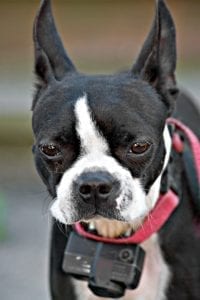
You have just welcomed a new four-legged family member into your home – of course, one of your main concerns will be to give your pet a safe place to play and run. That may involve installing a fence, so he can enjoy the outdoors without you having to supervise him. Many homeowners have opted for invisible fences, often for aesthetic reasons. Before making a final decision on an invisible fence vs a traditional fence, make sure you know all the facts.
What Are The Advantages Of An Invisible Fence?
One advantage of an invisible fence is the ability to allow your pet access to your entire yard, despite city or neighborhood restrictions against fencing in the front yards of properties. Some homeowners whose property is located in an area where the views from their back yards are particularly beautiful might believe that a traditional fence would destroy the view or lower the value of their property. Despite these potential advantages, there may be some drawbacks to invisible fences that you have not considered.
Is An Invisible Fence Good For My Dog?
Although the amount of electricity used in invisible fences is designed to be non-harmful, the system does use pain to train your pet, Your dog will experience a painful electric shock when he goes near the perimeter of the fence. Eventually, he will learn the boundaries of your yard, and will not cross the invisible line. Unfortunately, in order to learn those boundaries, he will have to experience some pain. Many veterinarians and dog trainers advise against using pain to train animals, preferring reward-based training methods as more humane. Many experts also believe that punishment-based training can cause pets to become fearful or aggressive, and to act out.
A dog may also learn to associate the pain of the electric fence with outside stimuli. If your dog runs up to the edge of the yard when another dog or a child gets close, he may associate the shock with the child or the other dog, possibly causing your dog to experience anxiety and/or become aggressive around children or other animals.
Some dogs experience problems with the collar itself. The collar administers an electric shock through small prongs. Some dogs, especially long-haired breeds, have been known to develop infections or sores just from wearing the collar.
Finally, although the pain of an electric shock is meant to deter your dog from crossing the boundary of your yard, some stimuli may prove too temping to resist. If your dog loves to chase cats or squirrels, for example, he may momentarily forget, or simply ignore the pain in the heat of the moment. After the excitement wears off, though, he may be reluctant to return to your yard.
Can An Invisible Fence Keep Your Dog Safe?
Even though the invisible fence will train your dog to stay in your yard, it will not prevent other animals and people from entering. According to petfinder.com, over 2 million pets are stolen each year. Those pets are often mistreated, sold to breeders, or used in illegal dog fighting. Neighborhood children often tease or hurt pets left out in yards, especially at night. Aggressive pets or wild animals may also enter your yard, leaving your dog vulnerable and unable to escape from the threat. Only a physical fence can keep people and other animals out of your yard.
How An Invisible Fence Can Fail
Invisible fences rely on two components to work properly – the grid of buried electric wires around the perimeter of your property, and the collar worn by your dog. Failure of either of these components will render the invisible fence inoperative. In areas prone to freezing and thawing, the movement of the ground can cause the wires to stretch, bend, or break, causing a gap in coverage, or even failure of the entire fence.
The battery on the dog’s collar must also be monitored. Your dog knows when he is approaching the boundary of the fence because his collar will emit a sound or vibration to warn him. If the battery fails, your dog will not get the warning, and will know that the fence has been deactivated. There are even a few stories of dogs actually sitting in the warning zone waiting for the battery to die so they can make their escape!
Alternatives to Invisible Fences
Many different fencing options are available that can allow your pet to safely roam in your yard while maintaining the view from your window, helping secure your property against intruders, and even increase the value of your home.
- Chain-link fences. The beauty of chain link fences is their low cost. If installed properly, a chain link fence will prevent even the smallest dog from escaping from your yard. A strong chain link fence will keep neighborhood pets and other animals out of your yard, and will provide extra security for your family. Because of its mesh design, a chain link fence is less obstructive than other types of fencing, allowing you to enjoy the view beyond your property.
- Ornamental wrought iron fences. A wrought iron fence can provide the same security as a chain link fence while also allowing for a relatively unobstructed view. If your dog is particularly inventive, he may learn how to climb a chain link fence, but a wrought iron fence does not have any footholds for your dog to use for climbing. A wrought iron fence is also more difficult for intruders to climb, and impossible to cut through with a bolt cutter. While a fence of any type may make your home more attractive to potential buyers, an ornamental fence will be even more likely to increase your home’s value. This type of fence may not be as suitable for very small dogs, who may be able to squeeze between the bars or posts. Look into various designs that might have smaller openings.
- Privacy fences. A vinyl privacy fence will provide the most security for your family and your pet. Even the largest dogs will be unable to jump or climb over a vinyl fence of the right height. A vinyl or wooden privacy fence will keep children and animals off your property, and will deter most intruders. Your family will be able to enjoy your yard without being in full view of your neighbors. If you have a backyard pool, you will be required to have some sort or barrier around the pool area – a privacy fence around the entire yard will satisfy your insurance requirements and greatly reduce the chance that a neighborhood child will accidentally or intentionally get into your pool and get into trouble. A privacy fence can also help prevent complaints from your neighbors if you have a dog that likes to bark at strangers or animals. The visual barrier may be enough to stop, or at lease lessen, your dog’s barking habit.
- Picket fences. Many localities and homeowners’ associations have regulations prohibiting front yard fences. Often, short picket fences are an exception to this rule. This type of fence will not keep a large dog contained, but may be sufficient for smaller breeds. Even a short fence can act as a psychological barrier to keep children out of your yard, or to prevent your yard from being used as a throughway.
Maintenance
Invisible fences do require some maintenance. The batteries in your dog’s collar need to be replaced regularly, for example. If you get another dog, you will need another collar and will have to go through the training process again.
Occasional breaks in the underground wires will need to be repaired. If your dog likes to dig, this may happen fairly often.
Traditional fences usually require little to no maintenance for several years after installation. Wooden fences require paint or stain occasionally, but vinyl fences require no regular maintenance. Galvanized steel and vinyl coated chain link fences are resistant to rust and hold up in harsh weather conditions.
Before having any fence installed, do some research. Most fencing companies will offer warranties on their products. If the company you are considering does not, search for one that does.
Final Thoughts
Before deciding what type of fence will work for you and your family, ask yourself exactly what you hope to achieve. Do you just want to keep your pet in, or is it also important to keep people and other animals out? Is privacy important, or do you want to preserve your view? Consider the size and temperament of your dog, and how big he going to get in the future. Consider the usefulness of your fence after your pet is gone. Ask a local realtor about the effect of different types of fencing on the property values in your area.
Visit our website or talk to one of our fencing experts about your options. We can find build a fence that suits your needs, fits in your budget, and protects your pets and family for years to come.
